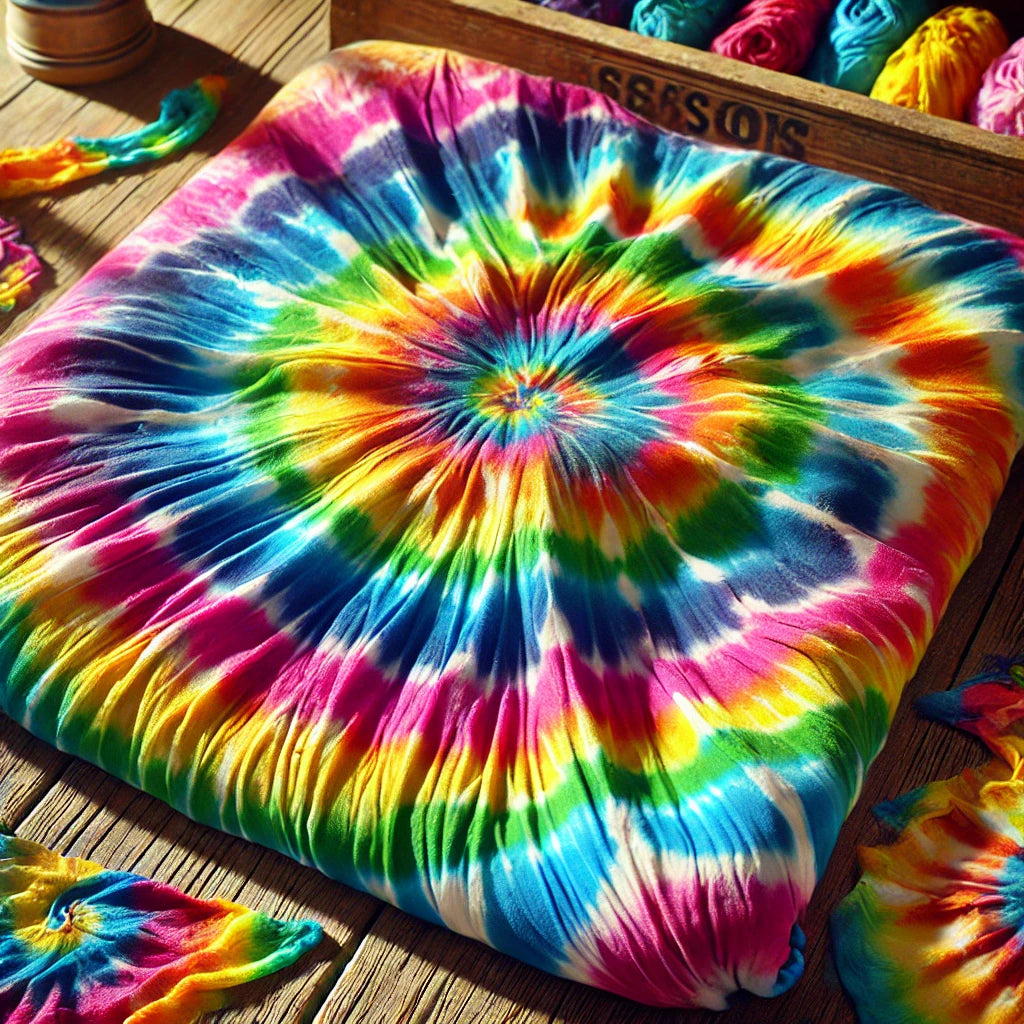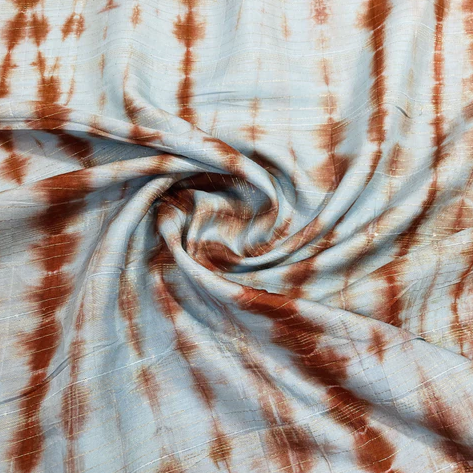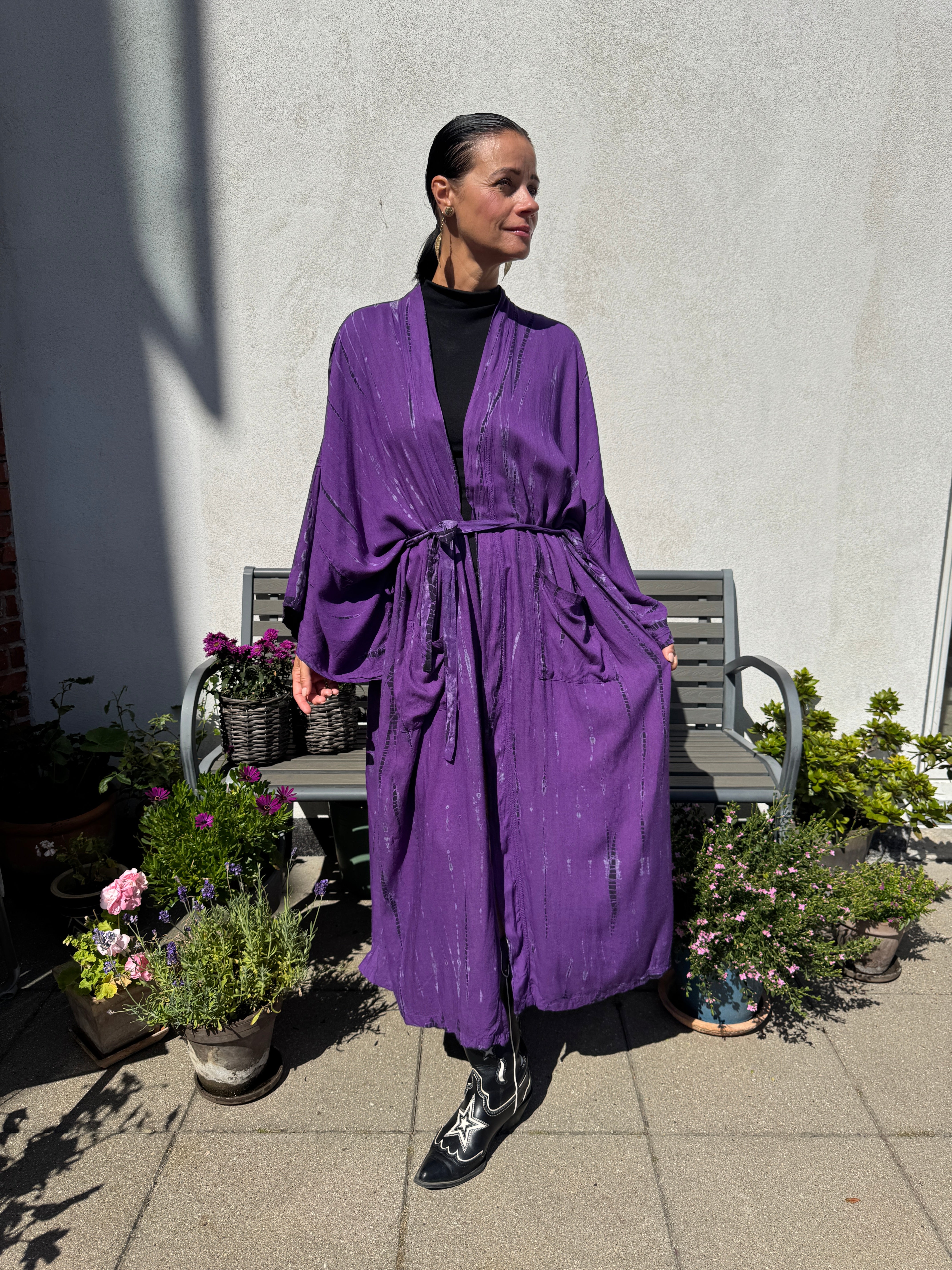Tie-dye is a creative dyeing technique that produces unique patterns by folding, twisting, and tying fabric before dipping it in dye. The process prevents the dye from penetrating the tied areas, resulting in beautiful, patterned designs. This technique has been used across various cultures around the world for centuries. In Japan, they developed shibori, a highly detailed version of tie-dye that requires precision and artisanal skill. In Africa, indigo dyeing has long been used to create stunning patterns on textiles, while techniques like bandhani in India have resulted in small, intricate patterns on traditional garments.


Tie-dye is a creative dyeing technique that creates unique patterns by folding, twisting, and tying fabric before immersing it in dye. This process blocks the dye from reaching the tied areas, resulting in beautiful, patterned designs. This technique has been practiced in various cultures worldwide for centuries. In Japan, they developed shibori, a highly intricate form of tie-dye that requires precision and artisanal skill. In Africa, indigo dyeing has been used for generations to create stunning patterns on textiles, while techniques like bandhani in India produce small, intricate designs on traditional garments.
But today, tie-dye is much more than just a nostalgic nod to the past. Modern tie-dye has experienced a renaissance, with the technique being used to create elegant and sophisticated designs. Where it once focused on bold colors and patterns, there is now a trend toward more subdued color palettes and minimalist patterns. It's no longer just about cotton t-shirts but also luxurious fabrics like silk and viscose, dyed to create unique, fashionable statement pieces.


Furthermore, tie-dye aligns with the growing interest in sustainable fashion. Since each piece is handmade and unique, it supports the slow fashion movement, which emphasizes quality, durability, and environmental consciousness. This renewed approach to tie-dye has made the technique popular once again—not just as a symbol of individuality, but also as a way to appreciate craftsmanship and responsible fashion production.






